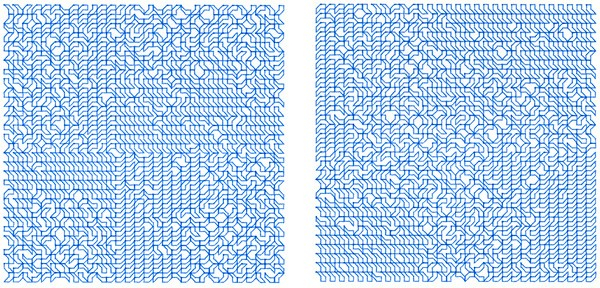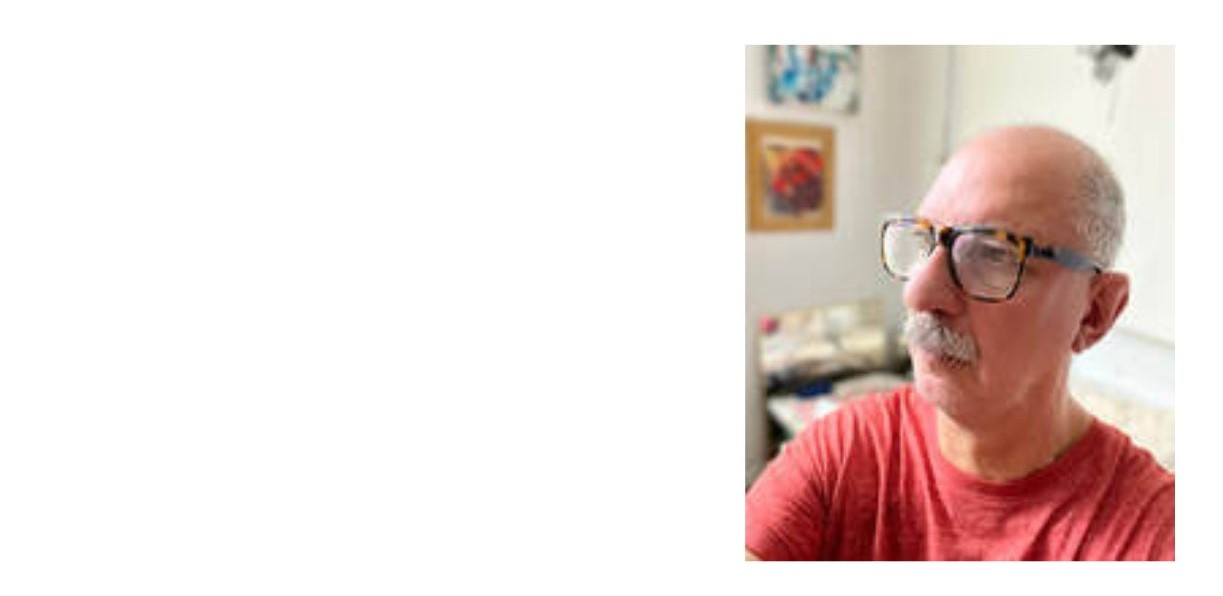
Beyond Computing (Introductory note)
Keeping in line with the prodigious advice of one of my prominent mentors, Hanne Darboven: "never apologize, never explain..." - still, one could conceivably develop a discourse, definitely keeping away from the complexities of the medium but focusing on observations of deep meaning, relationship and what it means to be alive. These thoughts underpin what follows.
Considering HELIX IX (1978) - during the late Seventies of the previous century, I had only intermittent access to mainframe computers, in particular when travelling, though being involved in procedural thinking on a permanent basis, I had to figure out ways to fashion algorithmic work beyond computing. In addition, manual sketching was - and remains - key to procedural thinking, the paper medium as fundamentally instrumental to the development of ambiguous ideas. One does not thinker in some abstract dimension, the creative process stands informed by virtue of interacting with objects and materials - an attitude and working principle referred to today as 'embodied cognition'. In this particular context, HELIX IX is part of a series of manual drawings documenting an algorithm in the field; a staged action in a given physical space, a single person as shifting according to both rules and constraints imposed by the actual location. Computer logic plays a major part in affording the action: logic operators provide different types of intersection of person and space, consequently, an algorithmic narrative develops as reflected in the drawings.
RP32 (1975) and Run One (1976) - both drawings are conceptually very much related. RP32 reveals a fascination with exhaustive thinking; one develops an algorithm that expresses itself in a given finite number of dimensions, the number of parameters (size and rotation of a square module) defines the number of drawings. RP32 is based on an evolving notion of confidence - the algorithm generates numerical values of controlled randomness, gradually, from absolute to relative certainty-this defines how modules appear in a grid-like structure. Blue lines are inflicted as only blue-inked fiber-tip pens were available at the time. As a unified inseparable assembly, the four drawings display all four transitions implicit in the algorithm. On the other hand, Run One displays all 36 implied options of a given algorithm in a single instance.
Peter Beyls, Tianjin, China, 18 june 2025

Peter Beyls is a Belgian pioneering interdisciplinary artist who has been exploring computer programming for nearly five decades. His work extends into the visual arts, music and hybrid experimental formats.
After completing initial studies in electronic engineering, Peter Beyls studied at the Brussels Royal Music Conservatory, EMS Stockholm and the Slade School of Art, University College London. He was awarded a PhD in Computer Science from the University of Plymouth, UK for his research in evolutionary computing applied to real-time interactive music systems.
Beyls is deeply interested in the aesthetic and cognitive dimensions of digital media in the arts. In the scientific realm, he published some 75 papers on distinctive aspects of digital art and was a visiting professor at various institutions in Canada, China, Japan and the USA.
His work was widely exhibited and performed at events like Siggraph, ICMC, Imagina, ISCM, Generative Arts and ISEA.
